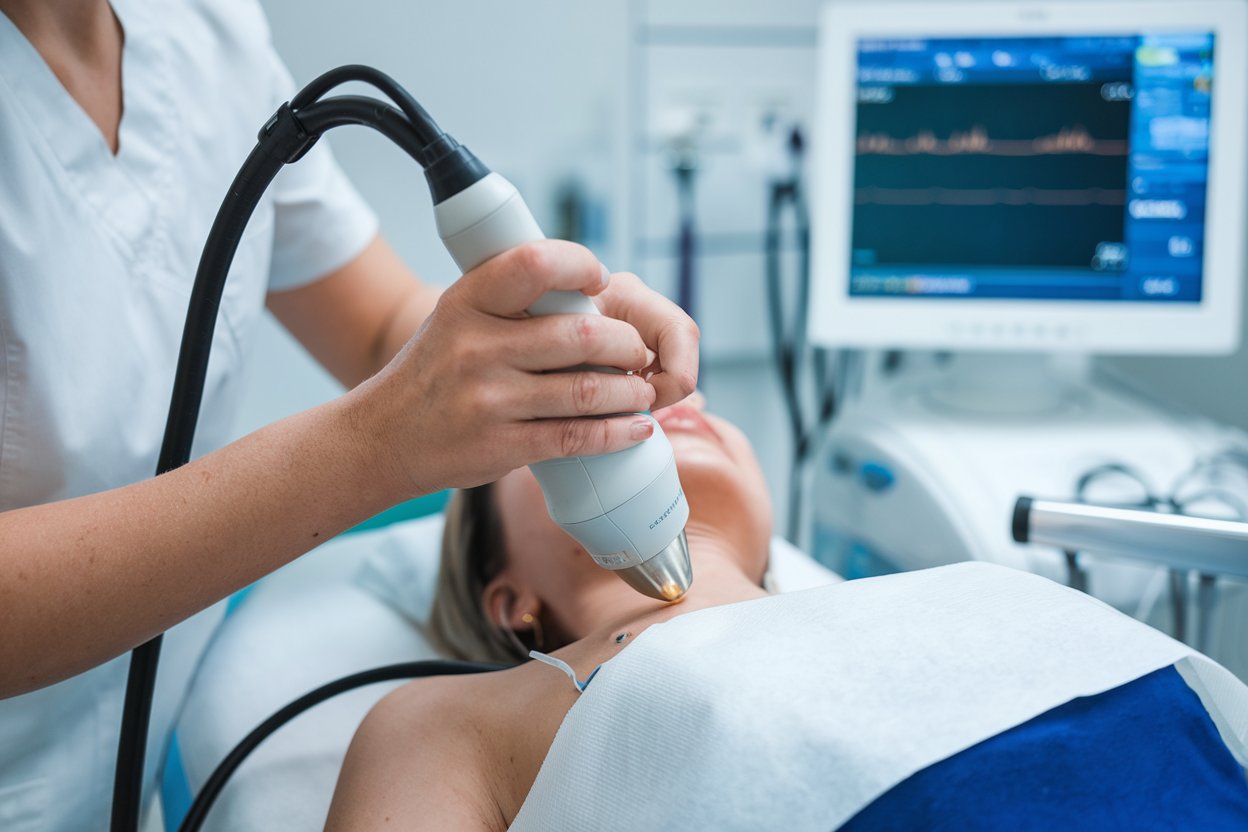The production process for medical devices was altered through the adoption of laser technology. Laser technology allows manufacturers to perform improved precise device cutting and welding as well as marking and prototype development with higher efficiency. The contemporary manufacturing technique provides faster production together with minimized waste and errors. Medical device factories implement laser technology through advances in equipment development which generates products that support patient safety. This article explains the ways laser technology optimizes medical manufacturing procedures.
Laser Cutting: Precision at Its Best
Lasers serve manufacturing processes that enable companies to create precise shapes from metals, plastics, and polymers destined for medical applications. The concentrated laser beam delivers precise edges whereas it creates cuts that protect surrounding material. The process replaces standard cutting methods which produce irregular edges that need further maintenance work. The use of laser cutting technology enables businesses to minimize their production times and lower their material waste amounts. The procedure results in higher operational efficiency alongside consistent quality standards for all generated components, read more.
Laser Welding: Creating Strong Connections
The process of laser welding enables precise connection of sensitive small components. The technique applies hot heat energy to connect parts while leaving the nearby material intact. The main function of laser welding is to generate robust joints for engineering applications which improve product longevity. The procedure of laser welding produces results that neither distort nor cause damage to the materials being welded. The procedure helps to accelerate production while cutting down workforce expenses. The production of medical devices with dependable performance occurs during demanding operational settings.
Laser Marking: Ensuring Traceability

Through laser marking medical devices receive long-lasting detailed identification systems on their surfaces. Devices receive their serial numbers and logos and barcodes from laser-based surface engraving performed by manufacturers. The permanent marks survive both sterilization procedures and regular product use. Laser marking serves both quality control objectives and enables supply chain device tracking. The authenticity verification and safety inspection of each medical device depend on the markings that regulatory agencies and hospitals need to maintain. Customization becomes possible through the clear visibility obtainable from laser markings.
Rapid Prototyping and Testing: Accelerating Development
The process of medical device advancement requires laser technology as an essential tool for making rapid prototypes and conducting tests. Engineers employ computer software design tools to make products before laser technology produces exact prototypes. Manufacturers gain the chance through prototypes to inspect performance-based characteristics while finding potential design defects at an early stage. Product development timing shortens along with reliability improvement when companies update prototypes through quick modifications stemming from test outcomes. Annealing and liquid phase sintering are used for eliminating residual porosity therefore allowing engineers to measure precise dimensions that help devices meet stringent quality requirements.
Advancements in Medical Procedures
Laser technology has transformative effects on the procedure of medical treatments. Medical surgeons deploy laser-operated surgical instruments for their procedures. Subsequent cuts from these tools maintain high accuracy while lowering harm to nearby tissues. The medical benefits include reduced recovery duration together with decreased complications for patients. The development of sophisticated surgical instruments occurs through laser technology applications for surgical procedures. Treatment success improves while hospital safety increases in patients undergoing care at health facilities.
Additionally, laser technology plays a significant role in plastic surgery advancements, offering precision-based procedures that improve patient outcomes. If you’re interested in exploring how scientific innovations have shaped this field, read The Science Behind Torrance Plastic Surgery and Its Amazing Benefits.
Facility Upgrades and Workforce Training
Manufacturers upgrade their facilities to go laser. Companies invest in new lasers and train their people to use them. Upgrades mean better products and processes. Manufacturers work with research institutions to develop new laser applications. Continuous training and technology advancements keep the medical device industry competitive and innovative.
Conclusion
Laser changes medical device production with precision, speed and reliability. Manufacturers get better cutting, welding, marking and prototyping. Medical professionals get devices that make patient care and safety better. As laser technology advances, it will continue to change processes and procedures in healthcare, driving progress in the industry. The integration of laser technology will bring more innovation for the future of healthcare manufacturing.
Sign up for our Daily newsletter
We'll be in your inbox every morning Monday-Saturday with all the day’s top business news, inspiring stories, best advice and reporting from Entrepreneur,


